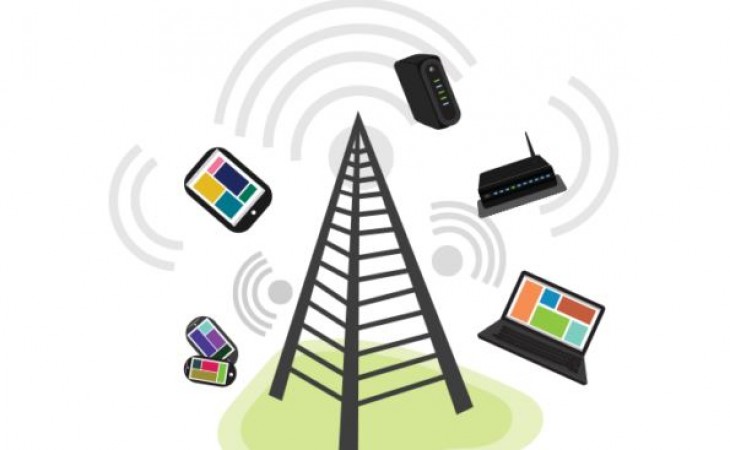
In today's digital age, having a reliable and efficient home Wi-Fi network is essential. Whether you're streaming movies, browsing the web, or working from home, a strong Wi-Fi connection can make a significant difference in your online experience. Setting up a home Wi-Fi network may seem daunting at first, but with the right guidance, it can be a straightforward and rewarding process. In this article, we will walk you through the step-by-step process of setting up your home Wi-Fi network, ensuring a seamless and uninterrupted online experience for all your devices.
Setting Up Your Home Wi-Fi Network: A Step-by-Step Guide
Understanding the Basics of Wi-Fi Networks
Before delving into the setup process, it's essential to understand what a Wi-Fi network is and its key components. A Wi-Fi network allows devices like smartphones, laptops, and smart TVs to connect to the internet wirelessly. The key components of a Wi-Fi network include the router, modem, and devices that connect to it.
Choosing the Right Wi-Fi Router
Selecting the right Wi-Fi router is crucial for optimal performance. Consider factors such as the router's range, speed, and number of devices it can handle simultaneously. Popular brands like TP-Link, Netgear, and Asus offer reliable routers suitable for different needs.
Preparing for Installation
Ensure your internet connection is active and working correctly before starting the setup. Gather the necessary equipment, including the router, Ethernet cable, and power adapter.
Connecting the Wi-Fi Router
Choose a central location for your router to ensure maximum coverage. Connect the Ethernet cable from the modem to the router's WAN port, and then plug in the power adapter.
Accessing the Router's Settings
To access the router's settings, open a web browser and type in the default IP address or domain provided in the router's manual. Log in using the default admin credentials.
Configuring the Wi-Fi Network
Change the default settings to secure your network. Set a unique Network Name (SSID) and a strong password to prevent unauthorized access.
Securing Your Wi-Fi Network
Enable encryption, preferably WPA2 or WPA3, to protect your data from potential intruders. Additionally, disable WPS, as it can pose security risks.
Optimizing Wi-Fi Performance
Ensure your router's firmware is up to date to take advantage of the latest features and bug fixes. Choose the right Wi-Fi channel to reduce interference and improve performance.
Connecting Devices to Your Wi-Fi Network
Connect your devices to the Wi-Fi network using the provided SSID and password. If you encounter any issues, troubleshoot the connection by checking settings and signal strength.
Extending Wi-Fi Coverage
If you have dead spots in your home, consider using Wi-Fi extenders, powerline adapters, or mesh systems to extend the Wi-Fi coverage and improve signal strength.
Maintaining Your Home Wi-Fi Network
Regularly update your router's settings and firmware to ensure smooth operation and security. Keep an eye out for security patches and updates from the router manufacturer.
Setting up a home Wi-Fi network may seem overwhelming, but with the right approach, it becomes a manageable task. By understanding the basics, choosing the right equipment, and configuring your network securely, you can enjoy a seamless online experience throughout your home. Remember to optimize your Wi-Fi network's performance and maintain it regularly to ensure it continues to serve you well.
Unlocking the Power of Human-Machine Collaboration: A Path to Industrial Advancement
Ensuring Safety and Mitigating Risks: A Comprehensive Guide to Industrial Safety and Risk Management
YouTube TV Unveils Exciting Multiview Feature Allowing Simultaneous Streaming of Four Channels